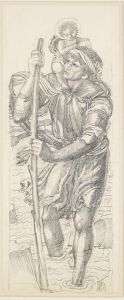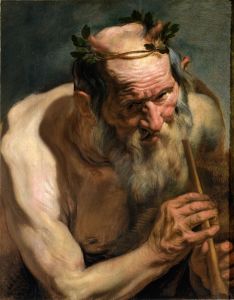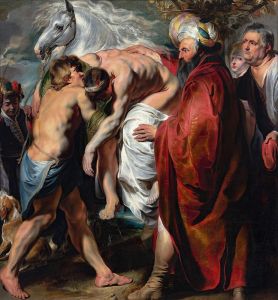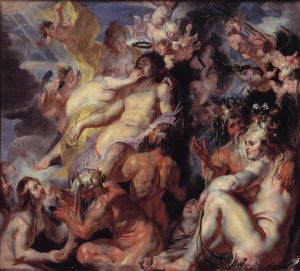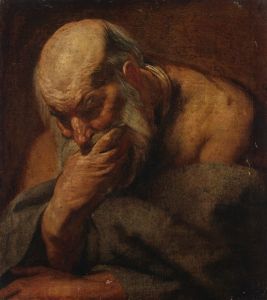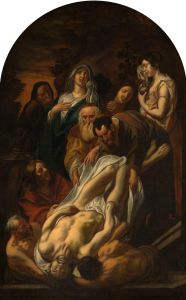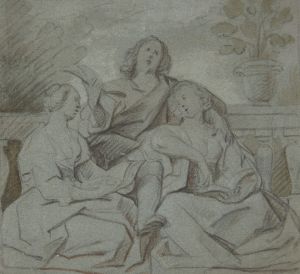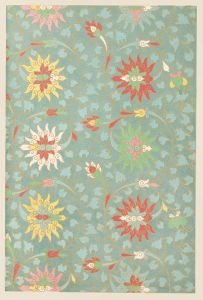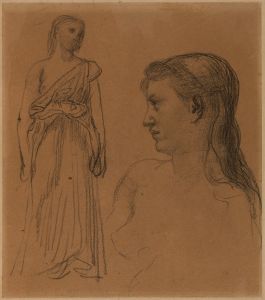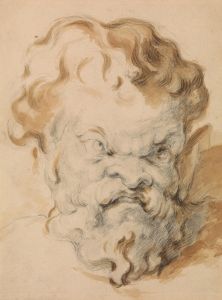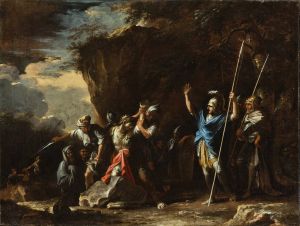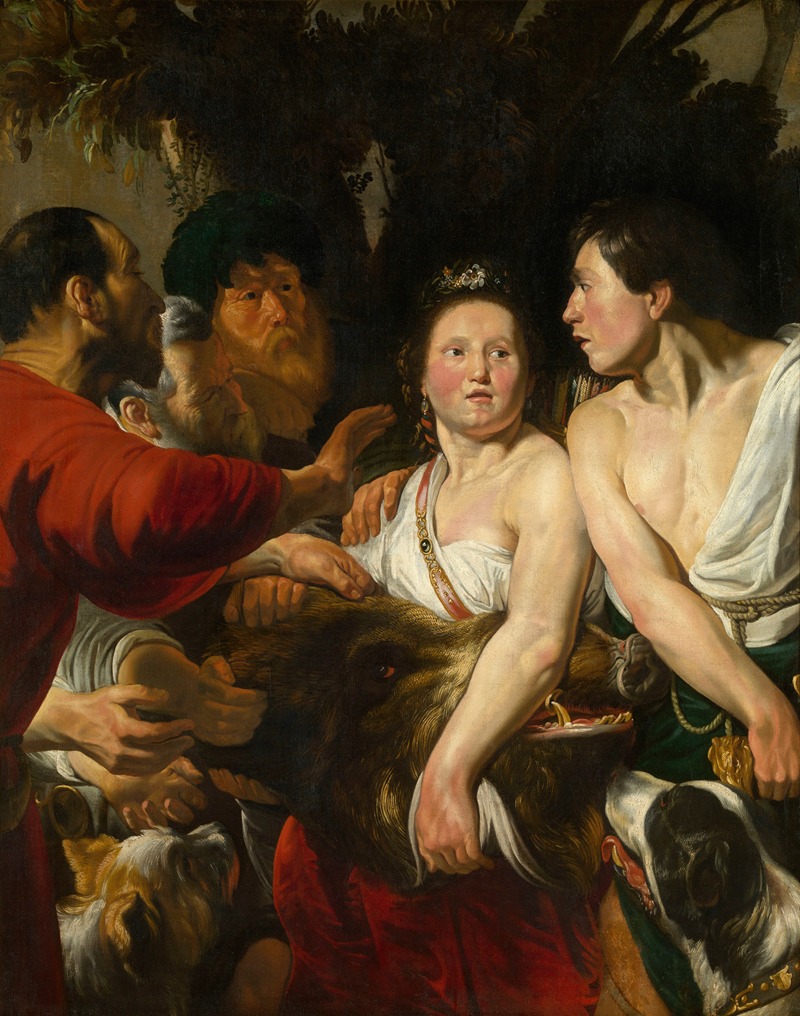
Meleager and Atalante
A hand-painted replica of Jacob Jordaens’s masterpiece Meleager and Atalante, meticulously crafted by professional artists to capture the true essence of the original. Each piece is created with museum-quality canvas and rare mineral pigments, carefully painted by experienced artists with delicate brushstrokes and rich, layered colors to perfectly recreate the texture of the original artwork. Unlike machine-printed reproductions, this hand-painted version brings the painting to life, infused with the artist’s emotions and skill in every stroke. Whether for personal collection or home decoration, it instantly elevates the artistic atmosphere of any space.
Jacob Jordaens, a prominent Flemish Baroque painter, created the artwork "Meleager and Atalante," which is a testament to his mastery in depicting mythological themes with dynamic compositions and vivid expressions. Jordaens, who lived from 1593 to 1678, was a contemporary of Peter Paul Rubens and Anthony van Dyck, and he is often celebrated for his ability to infuse his works with a sense of vitality and drama.
"Meleager and Atalante" draws its subject from Greek mythology, specifically from the story of the Calydonian Boar Hunt. According to the myth, Meleager was a prince of Calydon, and Atalante was a renowned huntress. The tale begins when King Oeneus of Calydon neglected to honor the goddess Artemis, who, in retaliation, sent a monstrous boar to ravage the land. To combat this threat, Meleager assembled a group of heroes, including Atalante, to hunt the boar. Atalante was the first to wound the beast, and Meleager ultimately killed it. In admiration of her skill and perhaps out of love, Meleager awarded Atalante the boar's hide, which led to a tragic conflict with his uncles, resulting in their deaths and eventually his own.
Jordaens' depiction of this mythological episode is characterized by its dynamic composition and the robust figures typical of his style. His use of rich colors and dramatic lighting enhances the tension and excitement of the hunt. The figures are often portrayed with expressive faces and vigorous poses, capturing the intensity of the moment. Jordaens was known for his ability to convey movement and emotion, and "Meleager and Atalante" is a prime example of these skills.
The painting reflects Jordaens' interest in human emotion and interaction, as well as his ability to depict complex narratives. Unlike some of his contemporaries, Jordaens did not travel to Italy, but he was influenced by the Italian Renaissance through the works of Rubens and others who brought Italian styles to the Northern European art scene. His work often combines the grandeur of Baroque art with a more grounded, earthy realism, which can be seen in the robust, almost tangible presence of his figures.
"Meleager and Atalante" is part of Jordaens' broader oeuvre that frequently explores themes from classical mythology, the Bible, and everyday life. His works are celebrated for their lively compositions and the way they capture the essence of human experience, often with a touch of humor or satire. Jordaens' contributions to art were significant in the development of Flemish Baroque painting, and his works continue to be studied and admired for their technical skill and narrative power.
While specific details about the provenance or current location of "Meleager and Atalante" may not be widely documented, Jordaens' works are held in numerous major museums and collections around the world, reflecting his enduring legacy as one of the great masters of the Baroque period.





